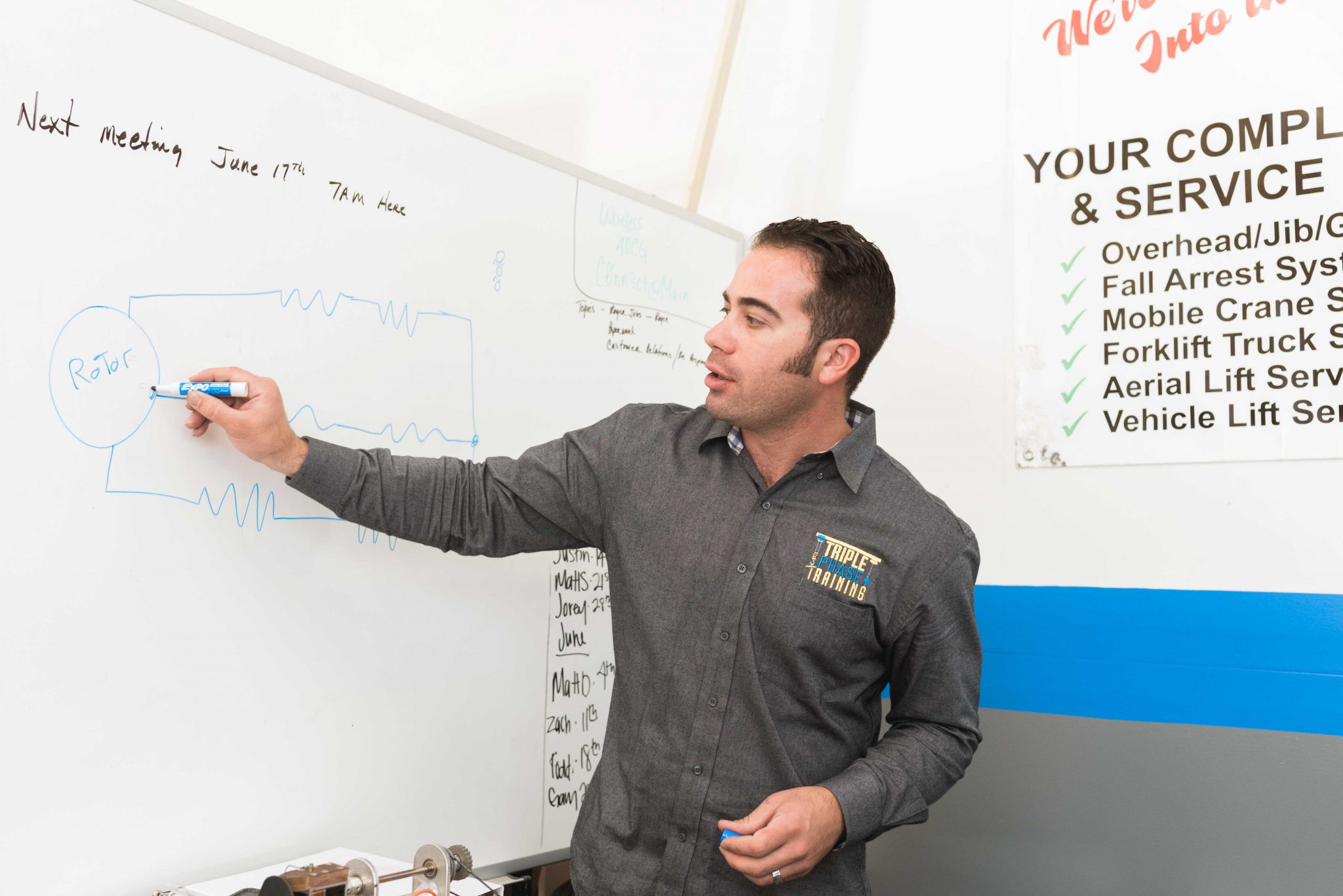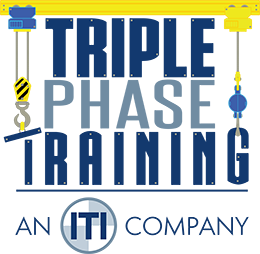- BY Triple Phase Admin
- POSTED IN Blog
- WITH 0 COMMENTS
- PERMALINK
- STANDARD POST TYPE

Depending on where and when you learned how to be a crane repair technician, you have heard some stories. Well lets separate the fact from fiction.
- Crimp connections are not as good as a solder connection.
First, we need to define what a “good termination” is and is not. A good termination is one that is suitable for the application it is being used for. It will not be the root cause for failure in the future. In other words, after you make this termination you should never have to think about it again as a failure point. A good connection is not one that will fail, become loose, cause unnecessary resistance, or wear out in a short period of time.
Solderless crimp terminals have been used in aero-electronics for decades. This is due largely to the fact that when crimped properly these terminations are not as susceptible to vibration as a soldered terminal. Most solderless terminals used by crane technicians are of the insulated variety. Insulated solderless terminals must be crimped with non-punch style crimpers. Here is a link a great set of affordable ratchet crimpers. CLICK HERE
- You cannot splice encoder cable.
If you talk to any crane repair technician with several years of experience, he will no doubt relate a story of an encoder splice. To all the engineers out there: Technicians live in the real world! It sounds fantastic in theory to change out the entire encoder cable every time it is damaged. However this is almost never possible or feasible. A qualified technician can correctly splice an encoder cable without compromising the integrity of the whole cable. This repair has been, and will continue to be done for years to come.
The fact is that the shielded twisted pair has a physical orientation that safeguards the signal of the encoder. The only section that will become slightly degraded is the splice itself. Using standard insulated butt splice crimp terminals, this area is about one inch long. That is not typically enough length for the electromagnetic interference to have any effect on the pulses generated by the encoder.
- The larger the line reactor the better the “cushion.”
This is incorrect and flawed thinking. A line reactor should be as close to the same size as the full load amp draw as possible. This gives the variable frequency drive the cleaner power smoothing out high voltage spikes (di/dt). Variable frequency drives monitor the line in voltage for high voltage spikes that will damage the DC buss capacitors. This usually results in an over voltage fault. If voltage spikes continue to occur a line filter may be needed.
- You need to oversize your variable frequency drive.
The large variable frequency drive manufacturers take great pride in rating their drives. For good reason, the drives are rated with a 1.15 service factor. This should tell you right off the bat that, NO you do not need to oversize the drive. If you verify your motor nameplate information, you can be sure that the same size drive can handle the load. Do not get hung up on horse power ratings. Horse power ratings do not always fit in the same brackets. A real life example: a 50hp motor had a rating of 56 full load amps, and the variable frequency drive sticker said “40hp 56 amps.”
- You cannot use a larger drive than the motor.
The size of the drive is rated by the maximum output in amps that the drive can safely operate at. The motor nameplate information displays the amount of amps the motor will draw at full load. The motor is essentially “deciding” how many amps are required for the job, so having a drive that can handle more than the motor is asking for, causes no issue. However if the drive tunes itself to the motor in some way and the drive cannot be set low enough to match the motor nameplate information, you can damage the motor. (i.e. using a 100hp drive for a 1hp motor.)
Oversizing your drives will not create a problem, but they are also not necessary, and more expensive.
